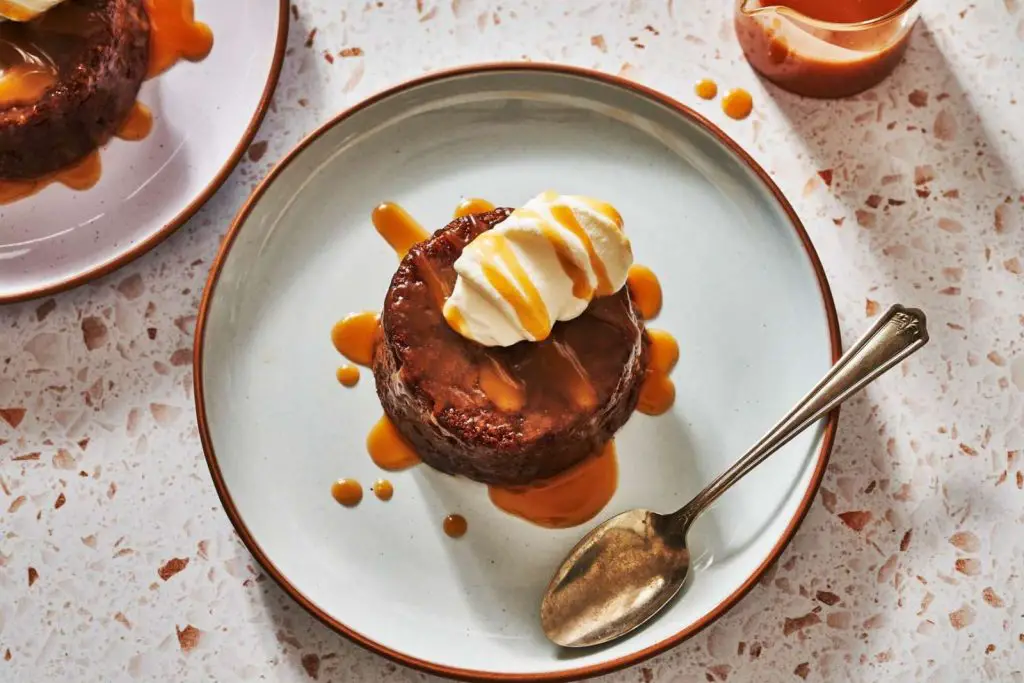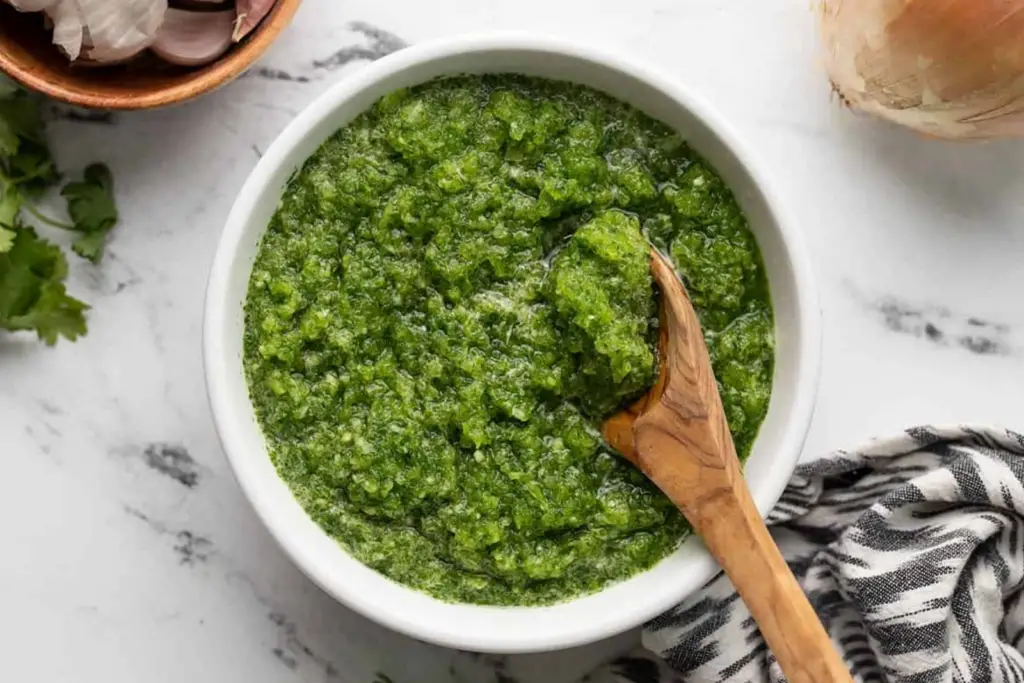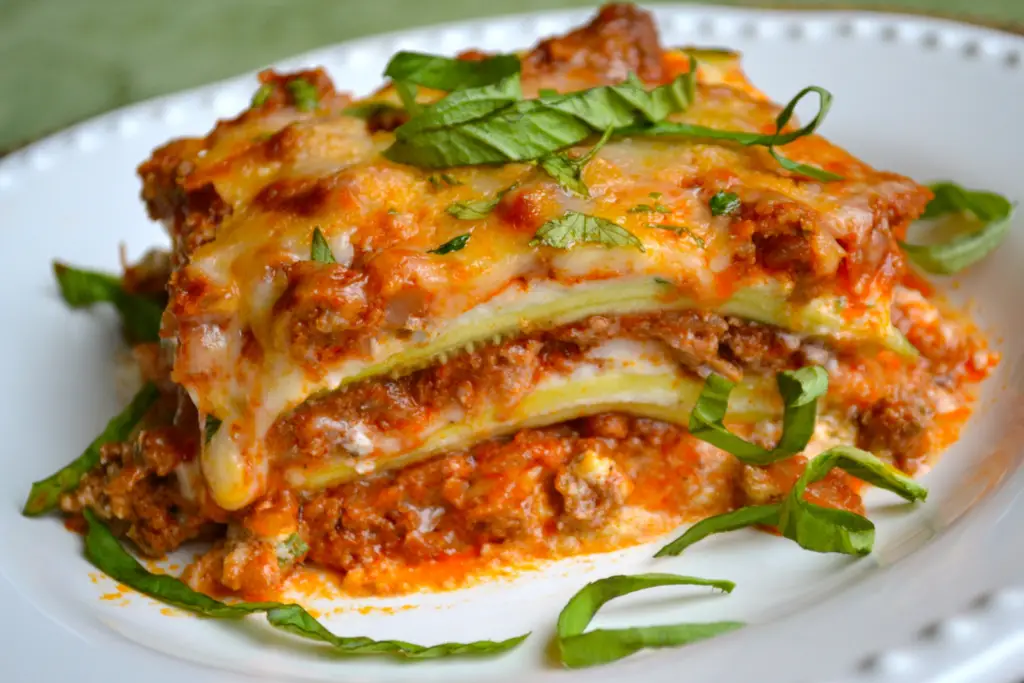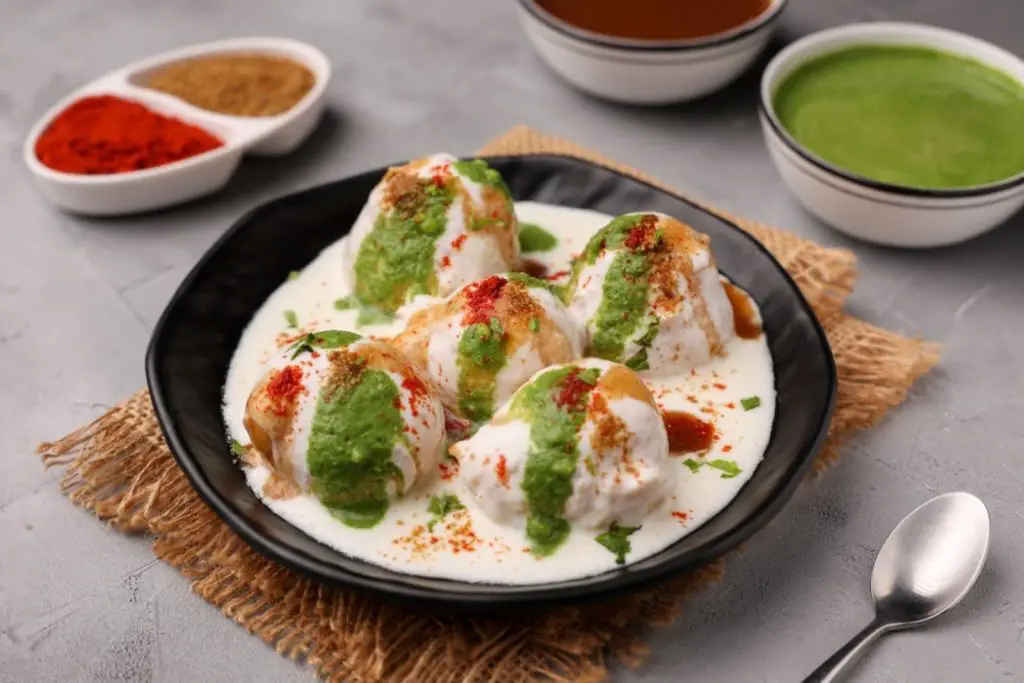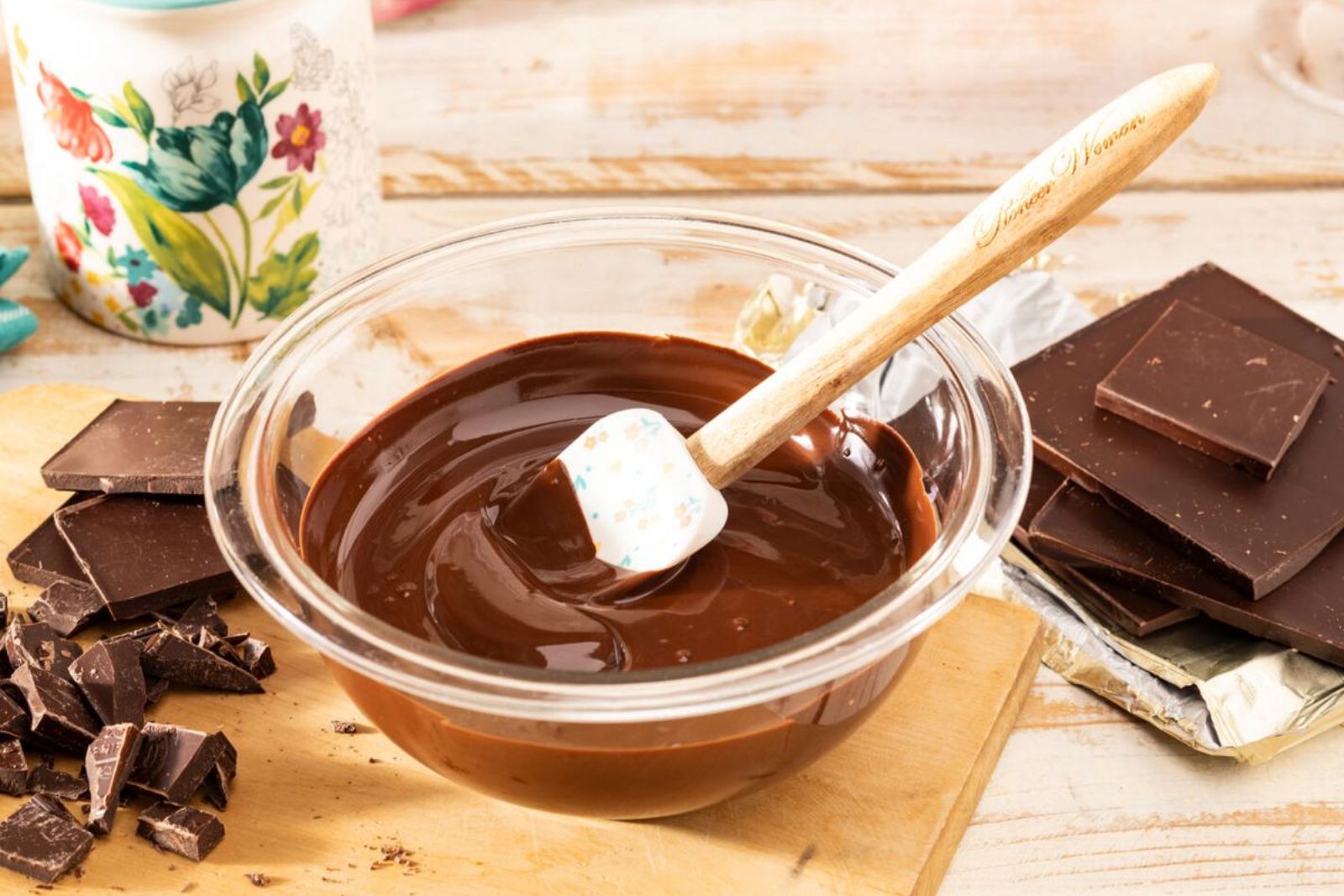
Melted chocolate is a delightful treat that can be used in various recipes, from drizzling over desserts to dipping fruits and creating delectable confections. However, there are times when you might have leftover melted chocolate or want to prepare it in advance for later use. Freezing melted chocolate is a simple process that can help you preserve its smooth texture and rich flavor until you’re ready to indulge again. In this article, we will walk you through the step-by-step guide on how to freeze melted chocolate effectively, ensuring it remains in perfect condition for future enjoyment.
Here’s a guide on how to freeze melted chocolate:
Step 1: Allow the melted chocolate to cool
Allowing the melted chocolate to cool is an essential step before freezing it to ensure that it retains its quality and texture. When chocolate is melted, its structure changes, and it becomes a liquid. During the cooling process, the melted chocolate returns to a solid state as it reaches room temperature.
Rapid temperature changes can negatively impact the quality of the chocolate, leading to various issues like graininess, blooming, or an undesirable texture. By cooling the melted chocolate gradually, you reduce the risk of these problems and help preserve its smoothness and flavor.
When you remove the melted chocolate from the heat source, it’s important to let it sit for a few minutes before moving on to the freezing step. Stirring the chocolate occasionally during this time helps to evenly distribute the heat, preventing any parts of the chocolate from cooling faster than others, which could result in uneven texture or solidification.
Furthermore, stirring the melted chocolate aids in speeding up the cooling process. The more the chocolate is stirred, the faster it will cool down. However, avoid excessive stirring, as it can introduce air bubbles into the chocolate, which may cause imperfections in the final product.
Step 2: Transfer the melted chocolate to freezer-safe containers
Transferring the cooled melted chocolate to freezer-safe containers is crucial for proper freezing and easy access to portions when needed. Freezer-safe containers are specifically designed to withstand low temperatures without becoming brittle or cracking, making them ideal for storing frozen foods.
Using airtight containers or freezer bags ensures that the melted chocolate is well-sealed and protected from exposure to air, which can cause freezer burn and negatively affect its taste and texture. Freezer burn occurs when moisture in the food evaporates and forms ice crystals on its surface, leading to dry, discolored, and unpalatable chocolate.
Dividing the melted chocolate into manageable portions before freezing has several benefits. First, it allows you to defrost only the amount you need for a particular recipe, preventing unnecessary waste. Additionally, smaller portions thaw more quickly and evenly than larger ones, reducing the risk of temperature fluctuations that could harm the chocolate.
Choosing the right container size also depends on how frequently you use melted chocolate in your cooking or baking. If you frequently use small amounts, consider dividing the melted chocolate into smaller portions. Conversely, if you use larger quantities at a time, you may prefer larger containers.
Before transferring the melted chocolate to the containers, ensure they are clean and dry. Any moisture or water droplets can cause the chocolate to seize, resulting in a grainy texture. It’s also a good idea to leave some space at the top of the container to accommodate any expansion that may occur during freezing.
Can I freeze melted chocolate in ice cube trays?
Yes, freezing melted chocolate in ice cube trays is a convenient way to portion it for future use. Once frozen, transfer the chocolate cubes to an airtight container or freezer bag for long-term storage.
Can I freeze melted chocolate in silicone molds?
Freezing melted chocolate in silicone molds can be a convenient way to create pre-portioned chocolate shapes. Ensure the molds are freezer-safe and well-sealed before freezing.
Step 3: Seal the containers tightly
Sealing the containers or freezer bags tightly is a critical step in the freezing process to protect the melted chocolate from air exposure. When melted chocolate comes into contact with air, it can lead to the development of freezer burn, a condition that affects frozen foods, causing them to lose moisture and suffer from changes in texture and flavor.
Freezer burn occurs when the moisture inside the melted chocolate evaporates and recondenses on its surface as ice crystals. These ice crystals can cause the chocolate to become dehydrated and develop dry, discolored patches, resulting in a less appealing and compromised taste.
By tightly sealing the containers or freezer bags, you create a barrier that prevents air from getting in and coming into contact with the melted chocolate. Airtight seals significantly reduce the likelihood of freezer burn, ensuring that the chocolate remains in optimal condition throughout its time in the freezer.
In the case of using freezer bags, it’s essential to press out any excess air trapped inside before sealing them shut. Removing as much air as possible from the bags helps to minimize the available oxygen that can interact with the chocolate, reducing the risk of freezer burn even further.
Additionally, avoiding excess air in the freezer bags allows for better space utilization in the freezer. Flat, air-free bags can be stacked efficiently, making the most of the available freezer space and preventing the chocolate from getting crushed or unevenly frozen.
Step 4: Label the containers
Labeling the containers of frozen melted chocolate is essential for easy identification and organization. When you freeze different types of chocolate (such as dark, milk, or white) at different times, labeling ensures that you can quickly distinguish between them without having to open each container to check. Additionally, writing down the date of freezing helps you keep track of the chocolate’s freshness and ensures you use it within a reasonable time frame.
Here’s why labeling is important:
- Easy Identification: Different types of chocolate have distinct flavors and are suitable for various recipes. Labeling the containers with the type of chocolate inside allows you to find the specific variety you need effortlessly. This is especially helpful if you freeze melted chocolate in different batches or when you have multiple types of chocolate on hand.
- Time Management: By writing down the date the chocolate was frozen, you have a reference point for how long it has been in the freezer. Melted chocolate can maintain its quality for about six months when properly stored. Labeling helps you keep track of the duration of freezing, enabling you to use the oldest chocolate first to avoid it going past its optimal quality.
- Avoiding Waste: Without labeling, you might forget the exact type or freezing date of the chocolate, leading to potential confusion. This confusion may result in using the wrong type of chocolate for a recipe or missing the window of optimal quality. By knowing the specific details through labeling, you can plan your recipes accordingly and avoid wasting any of the frozen melted chocolate.
- Organizational Benefits: A well-organized freezer with clearly labeled containers makes it easier to access what you need quickly. This is especially helpful when you have multiple items stored in the freezer. Properly labeled containers save you time and effort, ensuring a seamless cooking or baking experience.
Step 5: Store the containers in the freezer
Storing the sealed containers or bags of melted chocolate in the freezer is the final step in the freezing process. Proper storage is essential to maintain the quality of the chocolate and ensure it remains in perfect condition until you’re ready to use it. Here’s why storing the containers in a flat, even layer is crucial:
- Maximizing Space: Placing the containers or bags of melted chocolate in a flat, even layer allows you to make the most of the available freezer space. By arranging them neatly and uniformly, you can fit more containers or bags in the freezer without wasting any valuable space. This becomes especially important if you have a small freezer or if you need to freeze other items alongside the chocolate.
- Uniform Freezing: Positioning the containers in an even layer promotes uniform freezing. When the containers are flat and not stacked on top of each other, the cold air can circulate around them more effectively. This uniform airflow ensures that each container of melted chocolate freezes at a consistent rate, leading to better texture and taste when thawed.
- Faster Freezing: A flat, even layer of containers promotes faster freezing. When there is no overlap or overcrowding, the cold air can penetrate each container more efficiently, bringing down the temperature of the melted chocolate quickly. Rapid freezing helps preserve the quality of the chocolate, preventing the formation of large ice crystals that can negatively impact its texture.
- Easy Retrieval: Organizing the containers or bags in a flat layer makes it easier to find and retrieve the melted chocolate when needed. You can see the labels clearly and access the desired container without having to move other items around, saving time and effort.
How long can I keep frozen melted chocolate?
Frozen melted chocolate can be stored for up to six months if properly sealed and stored at a consistent temperature. Beyond this timeframe, the quality may decline, and the chocolate may develop off-flavors or textures.
Step 6: Thaw and use frozen melted chocolate
Thawing frozen melted chocolate properly is crucial to maintaining its smooth texture and rich flavor. Gradual thawing is the key to preventing the chocolate from seizing or developing an undesirable texture. Here’s why you should thaw frozen melted chocolate in the refrigerator and avoid rapid temperature changes:
- Preserving Texture: Chocolate is a delicate ingredient that can easily be affected by temperature fluctuations. Rapid thawing at room temperature or using a microwave can cause the melted chocolate to heat unevenly, leading to the formation of small granules or lumps. This is known as chocolate seizing, and it results in a gritty and grainy texture, making the chocolate unsuitable for most recipes.
- Preventing Separation: Quick thawing methods can cause the cocoa butter and solids in the melted chocolate to separate, creating an unpleasant appearance and texture. Thawing the chocolate slowly in the refrigerator allows it to maintain its smooth, homogeneous consistency.
- Avoiding Condensation: Rapid temperature changes can cause condensation to form on the surface of the chocolate as it warms up. Moisture from condensation can cause the chocolate to become clumpy and introduce water into the mix, which can negatively affect its texture and usability.
- Even Thawing: Thawing frozen melted chocolate in the refrigerator ensures even and controlled thawing. The refrigerator’s consistent, low temperature allows the chocolate to slowly return to its liquid state without any abrupt changes, preserving its quality.
To thaw frozen melted chocolate properly, remove the desired amount from the freezer and place it in the refrigerator. Let it thaw slowly overnight or for several hours, depending on the quantity. Once fully thawed, gently stir the chocolate to ensure it regains its smooth texture.
Refrain from using a microwave or thawing at room temperature, even if you’re in a hurry, as the potential damage to the chocolate’s texture is not worth the time saved. Taking the extra time for proper thawing guarantees that the melted chocolate will be ready for use in your recipes without any issues.
Can I use frozen melted chocolate directly in recipes without thawing?
Yes, in some recipes, you can use frozen melted chocolate directly without thawing. For instance, if you’re incorporating it into cake batters or cookie dough, the chocolate will melt during baking. However, for drizzling or coating purposes, it’s best to thaw the chocolate first for optimal consistency.
Step 7: Reheat if necessary
Reheating thawed melted chocolate is sometimes necessary to restore its smooth and pourable consistency, especially if it has thickened during the freezing and thawing process. Reheating the chocolate correctly ensures that it is ready to use in your recipes and delivers the same luscious texture as freshly melted chocolate. Here’s why and how to reheat thawed melted chocolate:
- Restoring Texture: Freezing and thawing can cause the cocoa butter in melted chocolate to separate from the solids, leading to a thicker and less fluid consistency. Reheating the chocolate helps to re-emulsify the cocoa butter and solids, restoring the smooth and silky texture ideal for various culinary applications.
- Achieving Pourability: In some recipes, melted chocolate needs to be poured or drizzled over desserts or incorporated into batters. If the chocolate has thickened after thawing, reheating it makes it more pourable and easier to work with, ensuring even distribution in your dishes.
Here’s how to reheat thawed melted chocolate:
- Microwave Method: Place the thawed melted chocolate in a microwave-safe bowl. Microwave it on low power or using the defrost setting, stirring every 15-20 seconds. Microwaving on low power prevents overheating and helps avoid the risk of the chocolate seizing. Stirring frequently ensures even heating and prevents hot spots that can cause the chocolate to burn.
- Double Boiler Method: If you prefer a gentler reheating method, use a double boiler. Fill a saucepan with a small amount of water and bring it to a simmer. Place a heatproof bowl containing the thawed melted chocolate over the saucepan, making sure the bottom of the bowl doesn’t touch the water. Stir the chocolate continuously until it melts and regains a smooth texture.
Whether you use the microwave or double boiler method, be cautious not to overheat the chocolate. Chocolate can scorch easily, and once it burns, it becomes irreversibly grainy and unpleasant to taste. Keep a close eye on the chocolate while reheating and stop as soon as it reaches the desired consistency.
Other related questions
Can I refreeze melted chocolate?
Refreezing melted chocolate is not recommended. Once chocolate is melted and then frozen, it undergoes changes in texture and quality. The process of thawing and refreezing can lead to undesirable results, such as texture issues and potential loss of flavor. It is best to use melted chocolate immediately or store it in the freezer for one-time use rather than attempting to refreeze it.
How do I know if the melted chocolate has gone bad after being frozen?
To determine if frozen melted chocolate has gone bad, consider its appearance, smell, and taste. If the chocolate appears discolored, has an unusual odor, or develops a grainy or gritty texture, it may have degraded in quality. Additionally, if the chocolate tastes rancid or off, it is likely not suitable for use and should be discarded. Always trust your senses to assess the condition of frozen melted chocolate before using it in recipes.
Can I freeze different types of melted chocolate together?
It’s generally not recommended to freeze different types of melted chocolate together. Mixing dark, milk, and white chocolate may cause flavor and texture variations when thawed. It’s best to freeze each type separately to preserve their distinct qualities.
Can I freeze chocolate with added ingredients like nuts or candies?
Freezing chocolate with added ingredients may affect the overall texture and taste. The moisture content in nuts or candies can cause the chocolate to become grainy or clumpy during freezing. For best results, freeze plain melted chocolate separately and add the ingredients later when ready to use.
Can I freeze chocolate with added milk or cream?
Freezing chocolate with added milk or cream can alter the texture and may lead to separation upon thawing. It’s generally best to freeze plain melted chocolate and add the dairy components later when preparing the recipe.
Can I freeze melted chocolate with added sugar or sweeteners?
Freezing melted chocolate with added sugar or sweeteners is generally fine. However, be aware that some sweeteners may crystallize during freezing, affecting the texture. Ensure the melted chocolate is well-sealed to prevent any crystallization.

